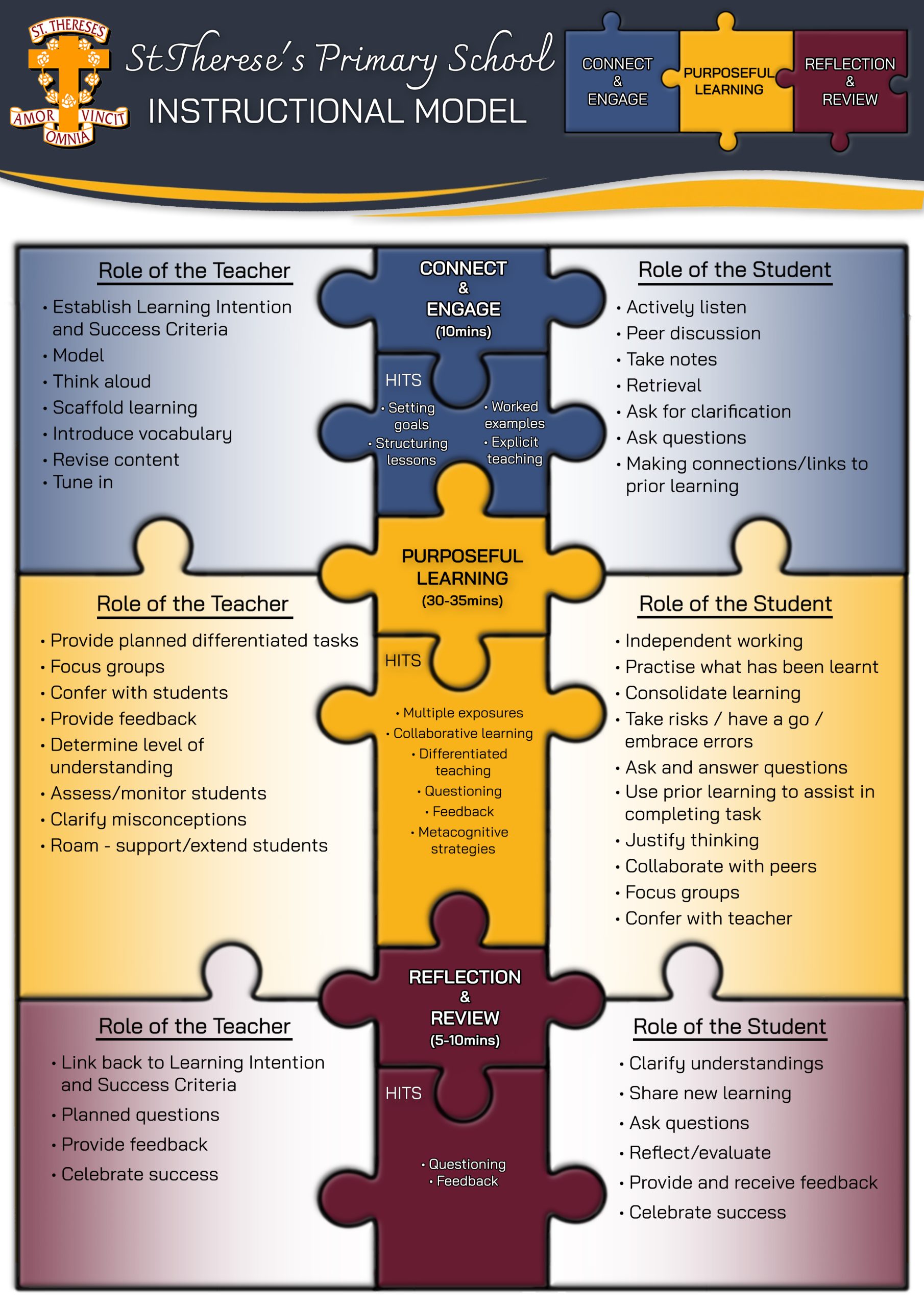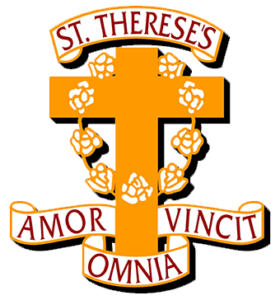Educational Philosophy
We believe in nurturing the whole child: their social, emotional, physical, academic, and spiritual growth.
We believe all students can achieve high standards given time and the right support.
We believe student learning is enhanced by high-quality teaching. Teachers ensure their pedagogical skills, knowledge, and commitment are of the highest standard.
We believe education is a collaborative experience. Students, teachers, and families work together to provide the best environment and support possible for each child to thrive and reach their potential.
Magnify Sandhurst
Magnify Sandhurst combines evidence-based practices in teaching and learning to support each student’s unique needs, strengths, and goals. The Magnify program focuses on strengthening core areas like literacy and numeracy, building supportive classroom environments, and integrating Catholic values in daily learning. We are committed to improving outcomes and providing a program where every student can flourish, inspired by the mantra, “Every Student, Every Teacher, Every School, Every Day!”
Magnify Sandhurst aims to enhance learning outcomes through several key components:
- Structured and Evidence-based Learning: Using the latest neuroscience and a structured, knowledge-rich curriculum, we ensure students build deep understanding. A low-variance curriculum provides students with a consistent learning experience and reduces the amount of preparation and planning required by teachers, allowing teachers to focus on individual student needs.
- Magnifying Literacy and Numeracy: Providing targeted support and resources to improve reading, writing, and math skills at all levels. Special focus on Structured Literacy in F-2 and sequential programs from Years 3-10.
- Instructional Coaching for Teachers: Each teacher receives a dedicated coach and program to learn and practice the best techniques to meet students’ learning needs. We are investing in our teachers to provide the best possible learning outcomes for students in our Catholic schools.
- Calm Classrooms and Positive Learning Environments: Promoting calm, supportive, and positive learning environments through common practices, expectations, and social norms, our work includes a new program for student social and behavioural learning. Our classrooms will have a consistent approach throughout each Sandhurst school to support all students to learn in a calm, orderly learning environment.

Instructional Model
St Therese’s Instructional Model is a visual representation that guides the learning and teaching practices of our school. When creating our instructional model, we looked at current best practice research, High Impact Teaching Strategies, our school context and the needs of our students.
The St Therese’s Primary School instructional model has been designed to allow for consistent and collaborative instruction across classes. The model provides a framework for teachers and students as to how a lesson, or sequence of lessons, should be structured to ensure learning is explicit and purposeful. It works to engage all students and differentiate teaching and learning opportunities to cater for the diverse range of students in every class.
The instructional model supports both staff and students with a common language and approach to learning. It guides students and teachers through the learning process, whilst still allowing for individual learning and teaching styles in the classroom.

